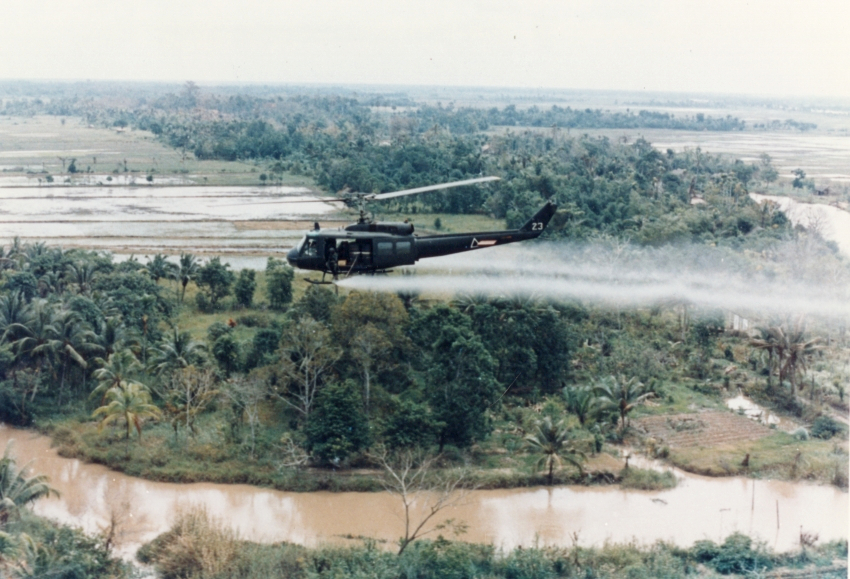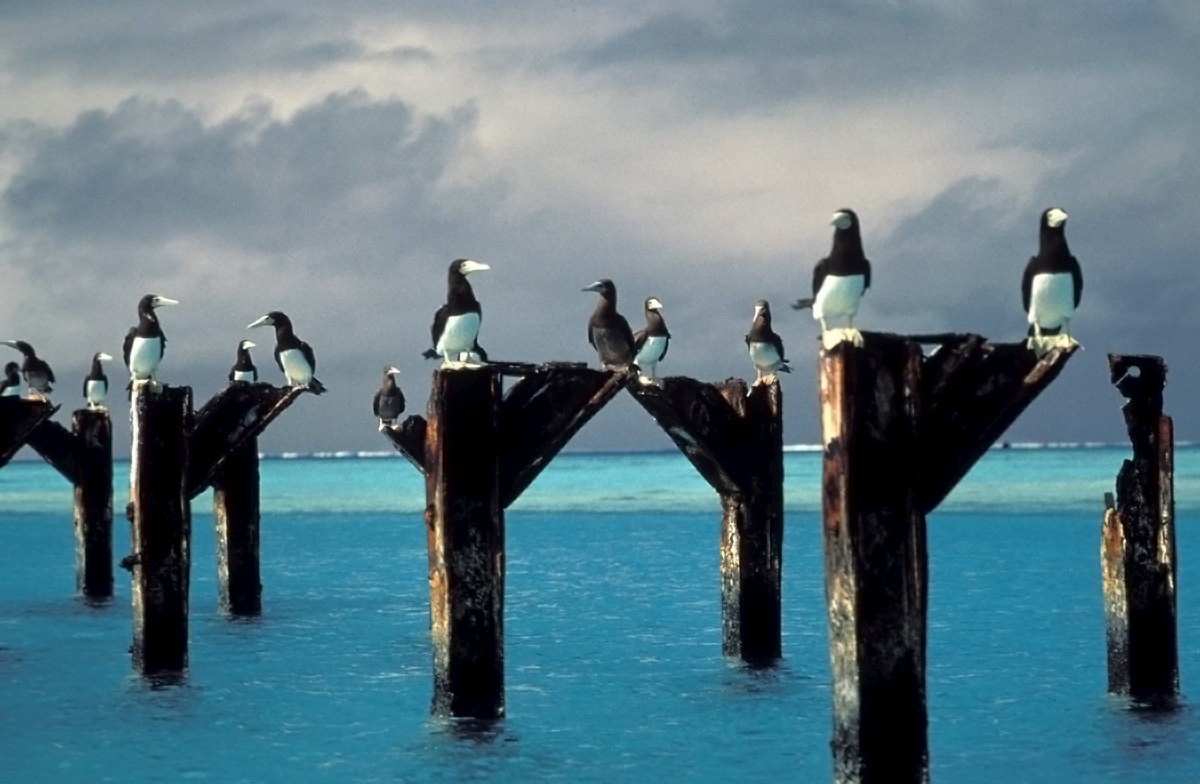|
Johnston Atoll
Johnston Atoll is an Unincorporated territories of the United States, unincorporated territory of the United States, currently administered by the United States Fish and Wildlife Service (USFWS). Johnston Atoll is a National Wildlife Refuge and part of the Pacific Remote Islands Marine National Monument. It is closed to public entry, and limited access for management needs is only granted by Letter of Authorization from the United States Air Force and a Special Use Permit from the U.S. Fish and Wildlife Service. For nearly 70 years, the isolated atoll was under the control of the United States Armed Forces, U.S. military. During that time, it was variously used as a naval refueling depot, an Johnston Island Air Force Base, airbase, a testing site for nuclear and biological weapons, a secret missile base, and a site for the storage and disposal of chemical weapons and Agent Orange. Those activities left the area environmentally contaminated, and monitoring continues. The island i ... [...More Info...] [...Related Items...] OR: [Wikipedia] [Google] [Baidu] |
Agent Orange
Agent Orange is a chemical herbicide and defoliant, one of the "tactical use" Rainbow Herbicides. It was used by the U.S. military as part of its herbicidal warfare program, Operation Ranch Hand, during the Vietnam War from 1961 to 1971. It is a mixture of equal parts of two herbicides, 2,4,5-T and 2,4-D. In addition to its damaging environmental effects, traces of dioxin (mainly TCDD, the most toxic of its type) found in the mixture have caused major health problems for many individuals who were exposed, and their offspring. Agent Orange was produced in the United States from the late 1940s and was used in industrial agriculture and was also sprayed along railroads and power lines to control undergrowth in forests. During the Vietnam War, the U.S. military procured over 20 million gallons consisting of a fifty-fifty mixture of 2,4-D and dioxin-contaminated 2,4,5-T. Nine chemical companies produced it: Dow Chemical Company, Monsanto Company, Diamond Shamrock Corporation, ... [...More Info...] [...Related Items...] OR: [Wikipedia] [Google] [Baidu] |
United States Minor Outlying Islands
The United States Minor Outlying Islands is a statistical designation defined by the International Organization for Standardization's ISO 3166-1 code. The entry code is ISO 3166-2:UM. The minor outlying islands and groups of islands consist of eight United States insular areas in the Pacific Ocean (Baker Island, Howland Island, Jarvis Island, Johnston Atoll, Kingman Reef, Midway Atoll, Palmyra Atoll, and Wake Island) and one in the Caribbean Sea (Navassa Island). History In 1936, a colonization program began to settle Americans on Baker, Howland, and Jarvis, but all three islands were evacuated in 1942 as a result of World War II. ISO introduced the term "United States Minor Outlying Islands" in 1986. From 1974 until 1986, five of the islands (Baker Island, Howland Island, Jarvis Island, Palmyra Atoll, and Kingman Reef) were grouped under the term United States Miscellaneous Pacific Islands, with ISO 3166 code . The code of Midway Atoll was , the code of Johnston Atoll ... [...More Info...] [...Related Items...] OR: [Wikipedia] [Google] [Baidu] |
Unincorporated Territories Of The United States
Territories of the United States are sub-national administrative divisions overseen by the federal government of the United States. The various American territories differ from the U.S. states and tribal reservations as they are not sovereign entities. In contrast, each state has a sovereignty separate from that of the federal government and each federally recognized Native American tribe possesses limited tribal sovereignty as a "dependent sovereign nation". Territories are classified by incorporation and whether they have an "organized" government through an organic act passed by the Congress. American territories are under American sovereignty and, consequently, may be treated as part of the United States ''proper'' in some ways and not others (i.e., territories belong to, but are not considered to be a part of, the United States). Unincorporated territories in particular are not considered to be integral parts of the United States, and the Constitution of the United St ... [...More Info...] [...Related Items...] OR: [Wikipedia] [Google] [Baidu] |



